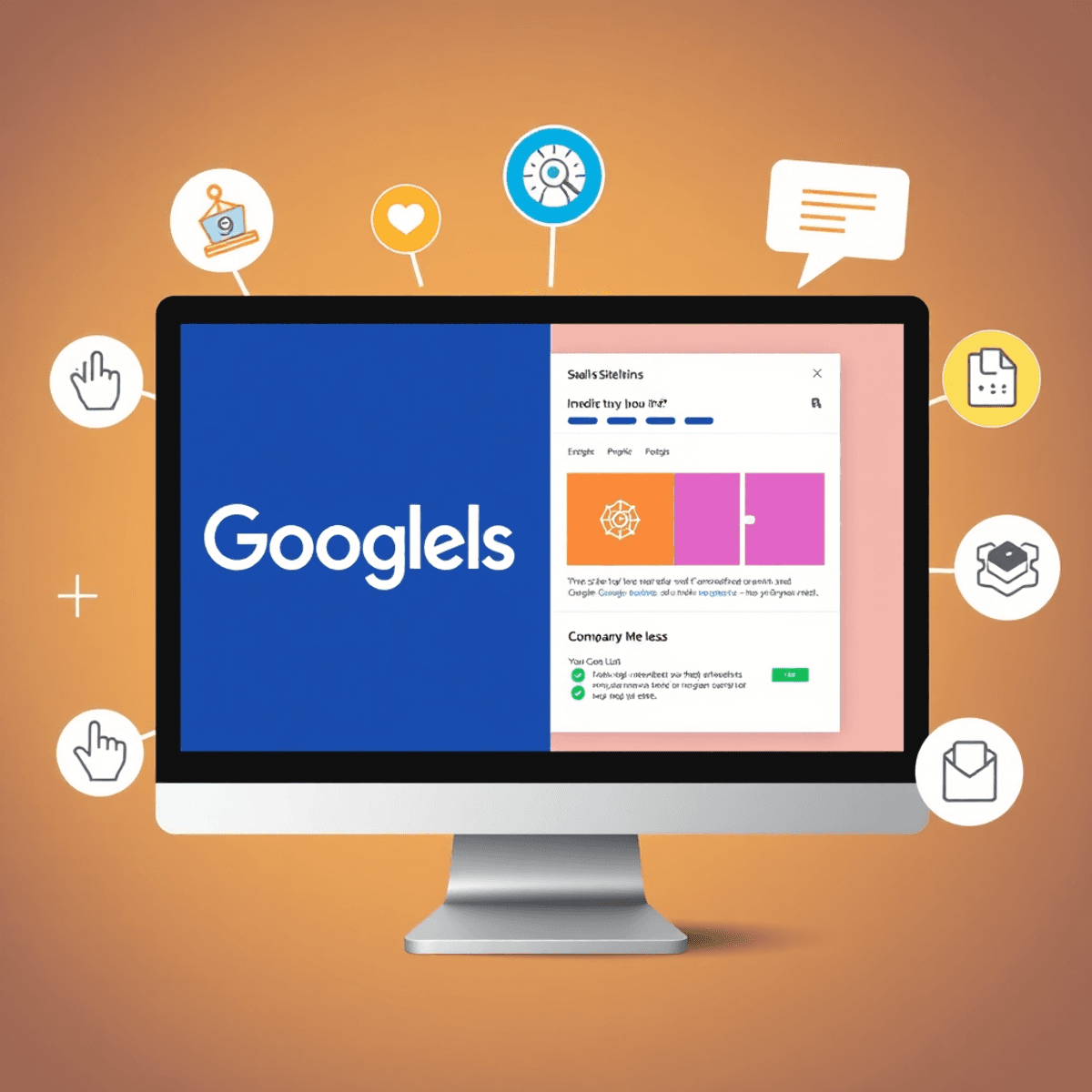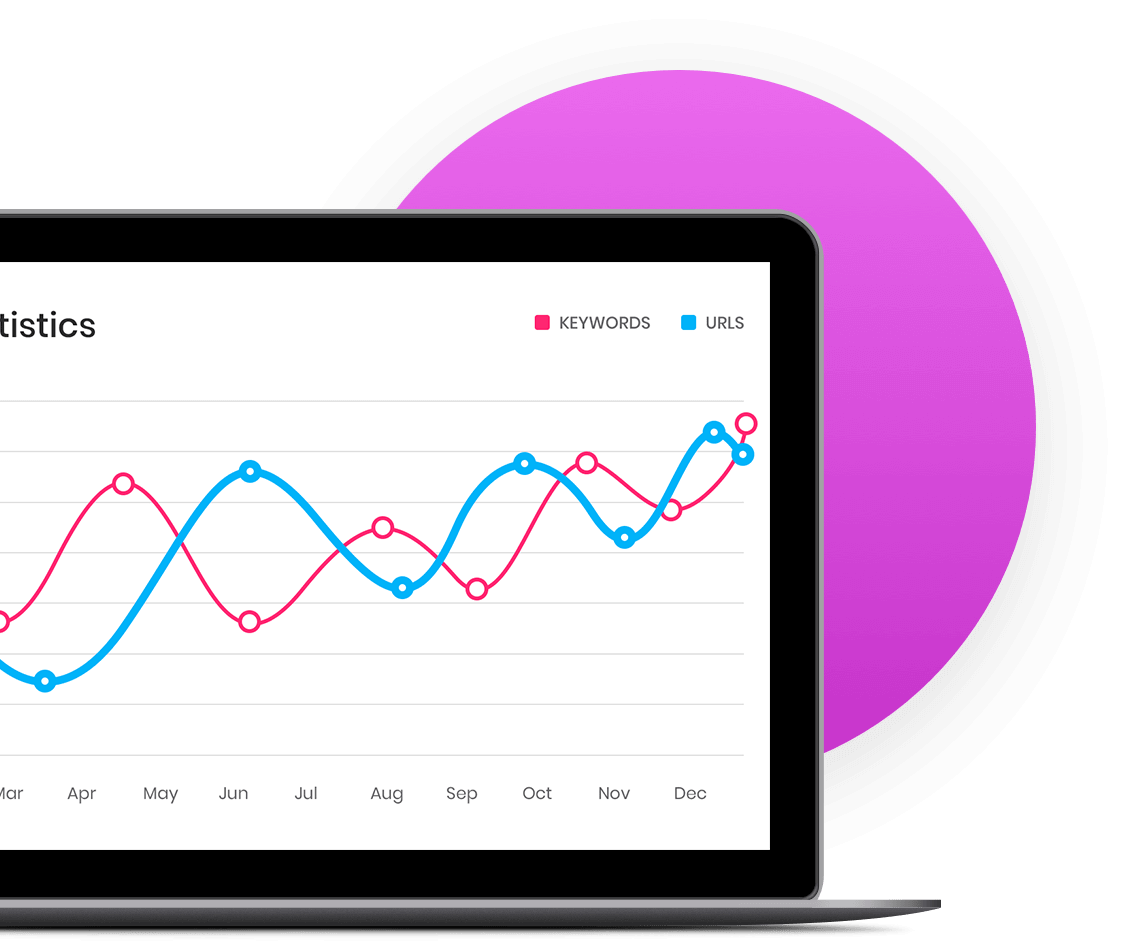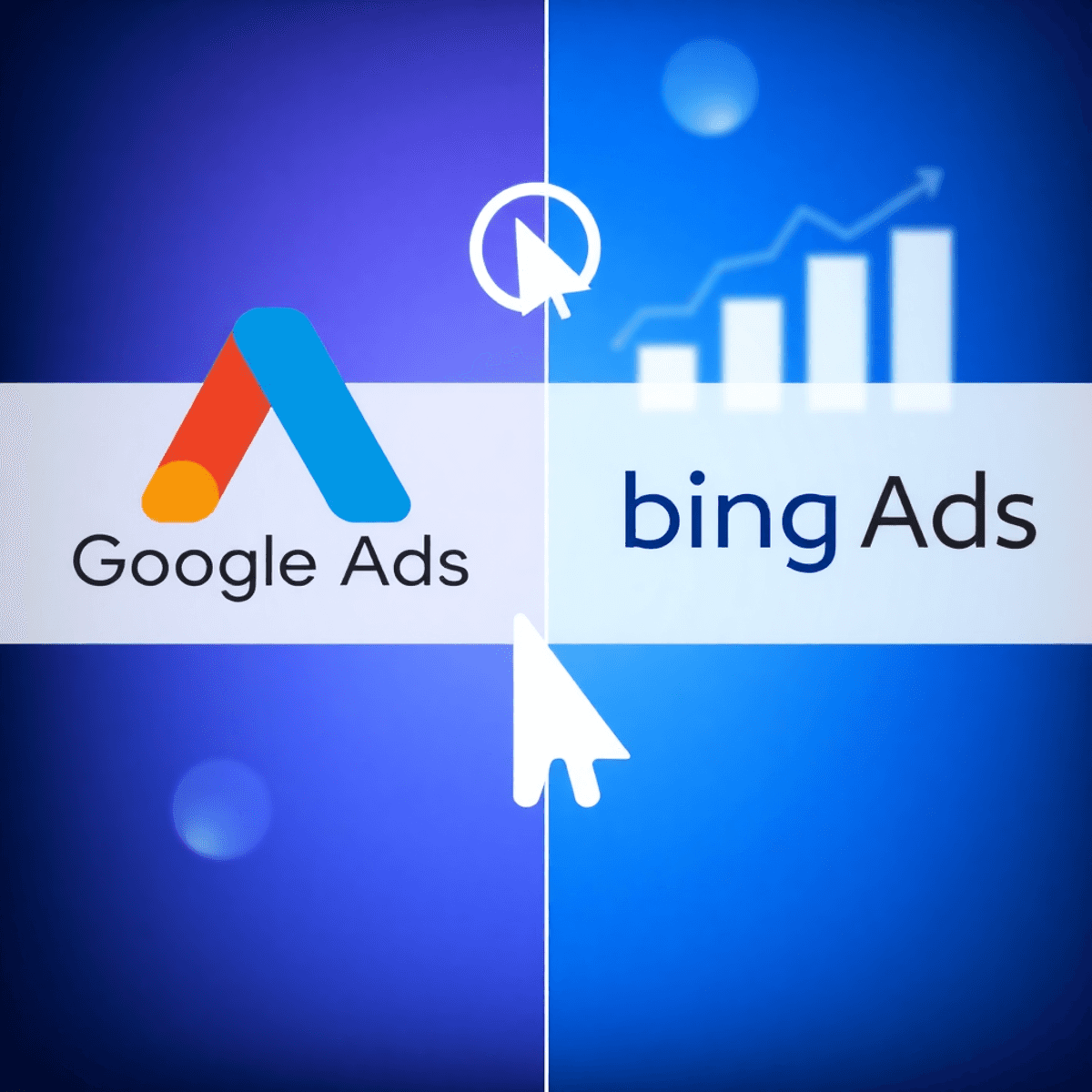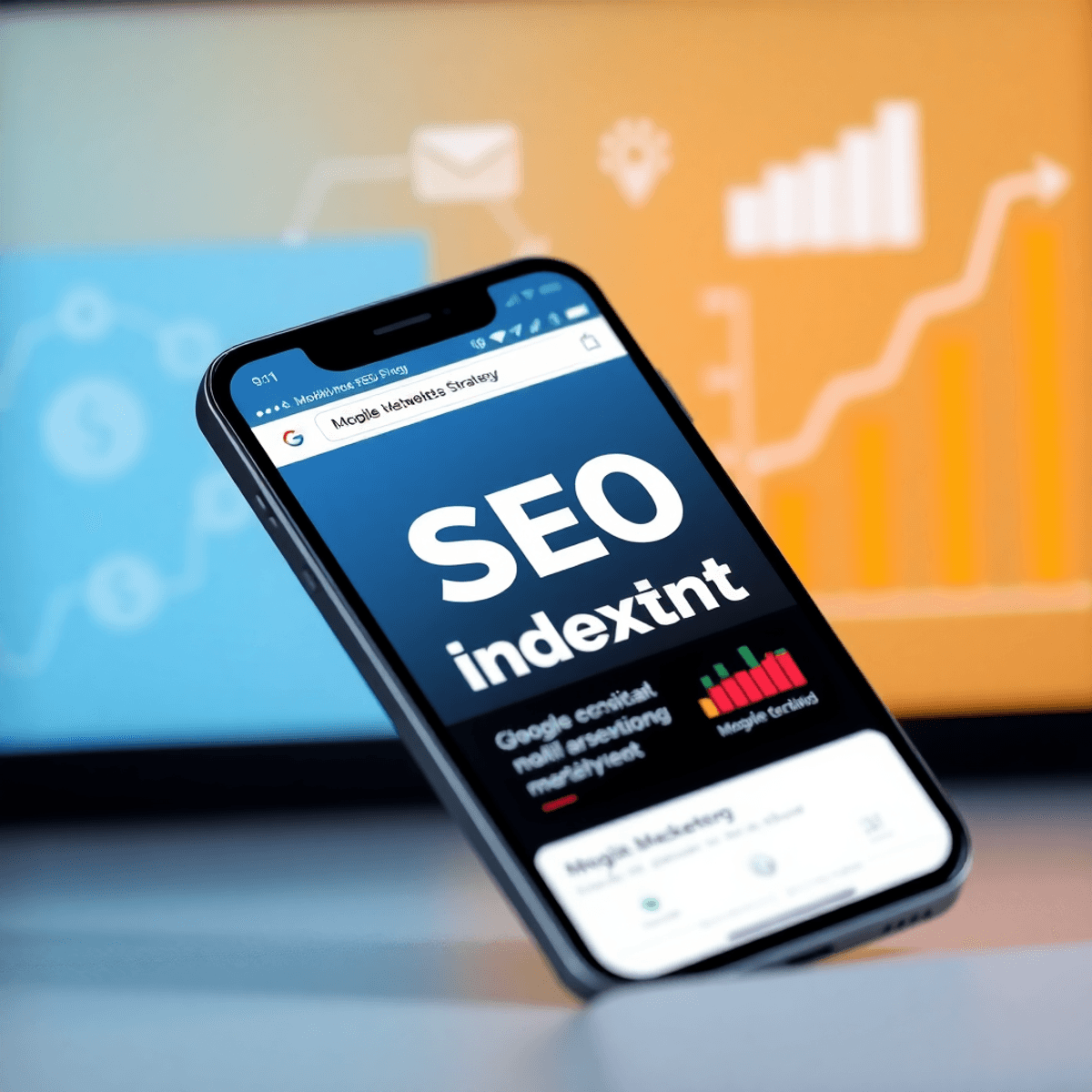The Importance of Email Subject Lines in Marketing Success
Your email subject line serves as the digital doorway to your marketing message. Research shows that 47% of recipients decide to open emails based solely on the subject line, making it a critical element in determining campaign success.
Industry data reveals average email open rates hover between 15-25% across sectors. Yet businesses implementing strategic subject line optimisation see rates soar up to 40% or higher. This dramatic improvement stems from crafting subject lines that:
- Capture attention in crowded inboxes
- Build trust through consistent messaging
- Create urgency without appearing spammy
- Deliver value at first glance
A well-crafted subject line doesn’t just boost open rates – it sets the tone for the entire customer interaction. Companies mastering the art of subject line creation report:
- Higher click-through rates
- Increased conversion rates
- Better ROI on email campaigns
- Stronger customer engagement
The difference between an ignored email and a successful campaign often lies in those few crucial words at the top of the message.
To harness the full potential of your email marketing, consider partnering with a results-driven email marketing agency like Alloy Marketing Ltd. They provide expert services that can help you convert and retain customers effectively.
Moreover, mastering the art of subject line creation can significantly enhance your overall marketing strategy. Whether it’s through SEO, Google Ads or even setting up a CRM system for improved customer conversion and satisfaction, every aspect plays a vital role in achieving marketing success.
Understanding How Subject Lines Impact Key Email Performance Metrics
Subject lines are crucial for measuring the success of your email marketing campaigns. A well-written subject line can significantly improve various metrics that determine how well your campaign performs:
1. Open Rates
- Strong subject lines can boost open rates by 35-50%
- Personalised subject lines increase open rates by an additional 26%
- Mobile-optimised subject lines see 15% higher open rates
- The length of the subject line also plays a significant role in determining open rates, with optimal lengths generally yielding better results
2. Click-Through Rates (CTR)
- Engaging subject lines lead to 12% higher CTR
- Recipients who open based on compelling subject lines are 3x more likely to click internal links
- Clear subject lines setting accurate expectations reduce bounce rates by 25%
3. Campaign ROI Metrics
Higher open rates from effective subject lines translate to:
- Increased conversion opportunities
- Lower cost per acquisition
- Better list engagement scores
- Reduced unsubscribe rates
4. Deliverability Impact
Subject lines can also affect whether your emails land in the inbox or spam folder:
- Subject lines influence spam filtering algorithms
- Clean subject lines improve inbox placement rates
- Regular engagement from good subject lines strengthens sender reputation
A/B testing has shown that subject lines have a direct impact on revenue metrics. Businesses that use data-driven strategies to optimise their subject lines report 20-30% higher campaign ROI compared to those who use generic approaches.
Moreover, understanding how to test email deliverability can provide insights into further enhancing your email marketing success. Incorporating strategies from a professional SEO agency, like Alloy Marketing, could also improve your overall online visibility and traffic, leading to better email performance metrics.
Types of Subject Lines That Drive Higher Open Rates
Successful email marketing campaigns rely on specific types of subject lines proven to boost open rates. Let’s explore the most effective approaches:
1. FOMO-Driven Subject Lines
These subject lines create a sense of urgency and encourage recipients to take action before it’s too late.
- “Last chance: Your exclusive offer expires at midnight”
- “Only 3 spots remaining for our masterclass”
- “Don’t miss out – 24 hours left to claim your bonus”
2. Personalised Subject Lines
Personalisation makes emails feel more relevant and tailored to the recipient, increasing the likelihood of them opening it.
- Including recipient’s name: “Sarah, we’ve picked these items just for you”
- Location-based: “London shoppers get an extra 15% off”
- Behaviour-triggered: “We noticed you liked our blue collection”
3. Curiosity-Inducing Lines
These subject lines pique the recipient’s curiosity, making them want to open the email to find out more.
- “The secret to perfect email marketing is…”
- “You won’t believe what we’ve discovered”
- “Here’s what happened when we tested this”
4. Humour and Feel-Good Themes
Using humour or positive emotions in subject lines can create a connection with the recipient and make them more likely to open the email.
- “Warning: These deals might make you too happy”
- “Is it just us or is this offer amazing?”
- “Ready for some good news?”
5. Incentive-Based Offers
Clearly stating the value or benefit in the subject line can entice recipients to open the email and take action.
- “Your £20 reward is waiting”
- “Unlock VIP pricing with this code”
- “Early access: Shop the sale before anyone else”
These subject line types work because they tap into fundamental human psychology – the desire to belong, save money, learn secrets and avoid missing opportunities. Each category serves a specific purpose:
- FOMO creates urgency
- Personalisation builds connection
- Curiosity sparks interest
- Humour establishes rapport
- Incentives provide clear value
The key lies in matching these approaches to your audience’s preferences and your campaign objectives. A B2B audience might respond better to value-focused subject lines, whilst retail customers often engage with FOMO-based messaging.
To further enhance your email marketing strategy, consider integrating Local SEO techniques. This can help in reaching a more targeted audience, thereby increasing the effectiveness of your subject lines and overall campaign.
Best Practices for Crafting Effective Email Subject Lines
Creating subject lines that drive engagement requires adherence to proven best practices. These guidelines help ensure your emails reach the inbox and capture recipient attention:
Keep It Short and Sweet
- Limit subject lines to 17-24 characters or 3-5 words
- Mobile devices display only 30-40 characters
- Front-load important keywords for immediate impact
Use Title Case for Professional Appeal
- Capitalise Major Words: “New Product Launch This Week”
- Maintain Consistency Across Campaigns
- Avoid ALL CAPS – it appears unprofessional and spam-like
Navigate Around Spam Triggers
Common words to avoid:
- “Free”, “Act Now”, “Limited Time”
- Multiple exclamation marks
- Excessive punctuation
- Dollar signs and percentage symbols
Incorporate Numbers Strategically
Numbers grab attention and boost open rates:
- Use digits instead of spelled-out numbers
- Lead with specific statistics
- Include time-sensitive deadlines
- Feature precise discounts
Smart Emoji Integration
Guidelines for emoji usage:
- Limit to 1-2 emojis per subject line
- Place emojis at the start or end
- Match emojis to your brand voice
- Test emoji impact across different email clients
Character Count Examples
✓ “25% Off Selected Items” (22 characters)
✓ “Your March Update” (17 characters)
✗ “Don’t Miss Out on These Amazing Limited Time Deals!” (52 characters)
A/B Testing Elements
Test these variables:
- Length variations
- Different emoji placements
- Case styling options
- Number positioning
- Punctuation choices
These best practices serve as foundational guidelines. Regular testing and monitoring of engagement metrics help refine subject line effectiveness for your specific audience segments.
Optimising Preheader Text to Complement Your Subject Lines
Preheader text serves as your email’s second chance to capture attention in crowded inboxes. This snippet appears directly after your subject line in most email clients, providing valuable preview space to entice recipients.
Essential Length Guidelines:
- Desktop view: 85-100 characters
- Mobile view: 30-55 characters visible
- Minimum length: 40 characters to avoid email client default text
Creating Impactful Preheaders:
- Lead with the most crucial information
- Include clear calls-to-action
- Complement – don’t repeat – your subject line
- Use active voice and strong verbs
Common Preheader Mistakes to Avoid:
- Leaving it blank (email clients will pull random text)
- Starting with “To view this email in your browser…”
- Duplicating the subject line content
- Using generic phrases like “Read More”
Effective Preheader Examples:
Subject: “Your Winter Collection”
Preheader: “Discover cosy knitwear and seasonal accessories at 30% off”Subject: “Ready for Your Next Adventure?”
Preheader: “Book your dream holiday with our exclusive early-bird rates”
A strategic preheader acts as your subject line’s perfect companion, providing context and compelling reasons to open your email. Testing different preheader variations helps identify what resonates with your specific audience segments. For more insights on crafting effective preheaders, refer to this comprehensive guide which covers all aspects of preheader text usage in emails. Additionally, understanding how different email clients support preview text can be beneficial; you can explore this detailed resource for further information.
The Impact of Audience Segmentation on Subject Line Effectiveness
Email list segmentation creates powerful opportunities to craft subject lines that resonate with specific audience groups. Research shows segmented email campaigns achieve 14.31% higher open rates compared to non-segmented campaigns.
Effective Segmentation Categories
Effective segmentation categories include:
- Demographics: Age, location, gender
- Purchase history: Recent buyers, product categories, spending levels
- Engagement levels: Active subscribers vs dormant contacts
- Website behaviour: Pages visited, abandoned carts, downloads
- Customer lifecycle stage: New subscribers, loyal customers, at-risk accounts
How Different Segments Respond to Subject Lines
Each segment responds differently to subject line approaches. For example:
New subscribers engage well with welcome-focused subject lines: “Your VIP membership starts here”
Regular customers respond to loyalty-based messages: “Exclusive preview for our top customers”
Cart abandoners react to urgency-driven lines: “Your selected items are selling fast”
The Benefits of Targeted Email Campaigns
Targeted email campaigns allow businesses to speak directly to specific audience needs and preferences. A B2B software company might use “Streamline Your Team’s Workflow” for management-level prospects, while using “Boost Your Daily Productivity” for individual users.
This personalised approach creates relevance and builds trust with recipients. Companies using segmented campaigns report up to 760% increase in revenue – highlighting the significant impact of tailored messaging on campaign performance.
Testing and Refining Your Subject Lines Through A/B Testing
A/B testing is an essential practice for optimising email subject lines and achieving higher open rates. This data-driven approach allows marketers to make informed decisions based on actual recipient behaviour rather than assumptions.
Essential Elements to Test:
- Length variations (short vs long subject lines)
- Different power words and phrases
- Personalisation elements
- Emoji placement and usage
- Question vs statement format
Key Metrics for A/B Testing:
- Open rate percentage differences
- Click-through rates
- Time of day performance
- Device-specific engagement
- Conversion tracking
The ideal A/B test involves splitting your email list into two random groups, sending identical email content with different subject lines to each group. A statistically significant sample size – typically 1,000+ recipients per variation – ensures reliable results.
Best Practices for A/B Testing:
- Test one variable at a time
- Run tests for at least 24 hours
- Use a minimum 10% sample size
- Document all test results
- Apply winning variations to future campaigns
A/B testing can reveal surprising insights about audience preferences. For instance, tests might show that your B2B audience responds better to straightforward subject lines while your B2C segments engage more with emotional appeals. These insights create a foundation for continuous improvement in email marketing performance.
Examples of High-Converting Email Subject Lines Across Categories
Let’s examine real-world examples of subject lines that have proven successful across different email marketing categories:
Sales Promotions & Limited-Time Offers
- “Last chance: 25% off ends at midnight”
- “Your exclusive VIP preview starts now”
- “[Name], don’t miss your birthday treat”
- “⚡ Flash sale: 48 hours only”
- “Members save an extra 15% today”
Newsletter & Content Updates
- “5 industry trends you need to know”
- “Your weekly marketing insights are ready”
- “Fresh content: Digital marketing guide 2024”
- “The latest updates from [Brand Name]”
- “Your curated industry news digest”
Product Launches & Announcements
- “Meet our game-changing new product”
- “You’re invited to the exclusive launch”
- “Introducing: The next generation of [Product]”
- “Be the first to experience [Product Name]”
- “New arrival alert: [Product] is here”
Customer Engagement & Relationship Building
- “A special thank you from our CEO”
- “Your feedback shapes our future”
- “Here’s what’s new in your account”
- “Welcome to the [Brand] family”
- “Your personalised recommendations await”
Event & Webinar Invitations
- “Save your spot: [Expert Name] reveals industry secrets”
- “Join us live: [Event Name] registration open”
- “Virtual masterclass: Transform your strategy”
- “Exclusive workshop: Limited seats available”
- “Your invitation to [Event Name] expires soon”
These examples demonstrate how different approaches can capture attention while maintaining relevance to the specific purpose of your email campaign. However, it’s important to remember that a successful email campaign is not just about catchy subject lines. Implementing a well-structured CRM strategy can significantly enhance customer engagement and boost sales.
Leveraging Proven Keywords and Action-Oriented Language in Your Subject Lines
Action-oriented language creates a sense of urgency and prompts immediate engagement from your recipients. Strategic keyword placement can significantly boost open rates when used thoughtfully.
High-Impact Action Words to Consider:
- Discover – Sparks curiosity about new information
- Unlock – Suggests exclusive access or benefits
- Transform – Implies significant positive change
- Boost – Indicates improvement or advancement
- Create – Empowers recipients to take action
These action words can also be beneficial beyond email subject lines. For instance, they can be effectively utilized in creating effective ad copy for PPC campaigns, enhancing the overall impact of your marketing strategy.
Power Words That Drive Results:
- Time-sensitive terms: “Now”, “Today”, “Instant”
- Value-focused words: “Free”, “Exclusive”, “Premium”
- Personal pronouns: “You”, “Your”, “We”
Research shows subject lines containing action verbs see up to 13% higher open rates compared to passive alternatives. Combine these powerful words with your unique value proposition to craft compelling subject lines that demand attention.
Quick Tips:
- Place action words at the start of your subject line
- Use present tense to create immediacy
- Pair action words with specific benefits
- Keep language clear and direct
Moreover, the importance of crafting compelling titles extends beyond emails and ads. For example, when crafting podcast episode titles, utilizing these strategies can significantly increase listener engagement.
Lastly, remember that power words aren’t just limited to marketing materials or online content. They can also make your resume stand out, helping you secure that dream job by catching the eye of potential employers.
Conclusion
Crafting compelling email subject lines remains a critical skill for achieving email marketing success. The strategies outlined in this guide provide a robust framework for creating subject lines that capture attention and drive higher open rates.
Start implementing these proven techniques:
- Test different subject line variations
- Incorporate action-oriented language
- Leverage powerful keywords
- Segment your audience
- Optimise preheader text
- Monitor performance metrics
Remember that successful subject lines stem from understanding your audience and consistently refining your approach based on data-driven insights. By applying these strategies systematically, you can create subject lines that resonate with your recipients and boost your email marketing performance.
Take the first step today – review your current email campaigns and identify opportunities to implement these subject line best practices. Your improved open rates will demonstrate the power of well-crafted subject lines in driving email marketing success.
FAQs
Why are email subject lines crucial for marketing success?
Email subject lines play a vital role in marketing success as they directly influence open rates and overall campaign effectiveness. A compelling subject line captures the recipient’s attention, encouraging them to open the email, which can significantly boost engagement and return on investment (ROI).
How do subject lines impact key email performance metrics?
Subject lines affect essential email metrics such as open rates, click-through rates, unsubscribe rates and bounce rates. Effective subject lines increase the likelihood of recipients opening emails and engaging with content, thereby improving campaign ROI and reducing negative actions like unsubscribes or bounces.
What types of subject lines are proven to drive higher open rates?
Several types of subject lines have been shown to boost open rates, including FOMO (Fear of Missing Out) lines, personalized emails that address recipients by name or preferences, curiosity-driven phrases that pique interest, humour and feel-good themes that create positive emotions and incentive-based offers that highlight discounts or exclusive deals.
What are best practices for crafting effective email subject lines?
Effective subject lines should be concise – typically 17-24 characters or 3-5 words – and use title case for professionalism. Avoid spam trigger words like ‘free’ or ‘act now’ to prevent emails from being filtered out. Incorporating numbers can increase engagement, while strategic emoji use can enhance visibility without overwhelming the message.
How does optimizing preheader text complement email subject lines?
Preheader text acts as a secondary attention grabber alongside the subject line. Optimizing it involves keeping it between 85-100 characters for clarity across devices and using meaningful language with strong verbs to summarize the email content effectively. This combination improves overall open rates by providing additional context.
Why is audience segmentation important for subject line effectiveness?
Segmenting your email list based on recipient interests and behaviours allows for personalized messaging with tailored subject lines. This targeted approach aligns with recipient preferences, leading to higher open rates and better engagement compared to generic mass emails.






